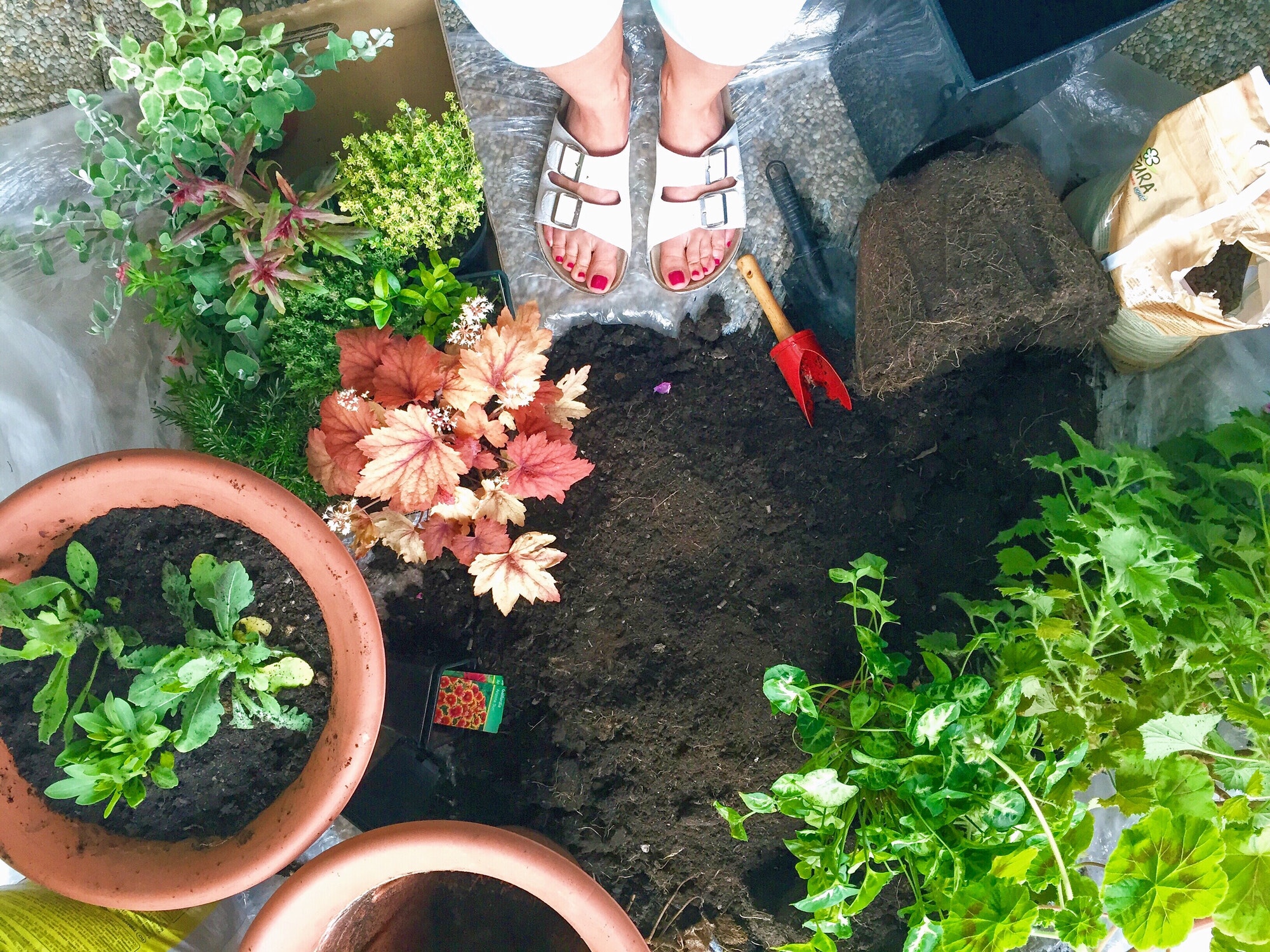Garden lights can be a great way to add a special touch to your outdoor space. With the right garden lights, you can transform your garden into a beautiful and inviting place to spend time with friends and family. Whether you’re looking for a romantic ambiance, a bright and cheerful atmosphere, or something more modern and sophisticated, there are a wide range of garden lighting options available to suit your style. In this ultimate guide, you’ll learn how to choose the right garden lights for your home. From understanding the different types of lighting available to seeing how they fit into your garden’s overall design, this guide will provide you with all the information you need to make the perfect choice. So, get ready to light up your garden and create the perfect outdoor space for you and your family.
What are garden lights?
Garden lights are often referred to as pathway lights or hanging lights. They are light sources that are typically mounted on a cord and can be installed along pathways or in gardens to create a beautiful ambiance. They are available in a variety of styles, colours, and materials, so you can find the perfect set to suit your outdoor space and complement the rest of your outdoor decor. Depending on the style and model, you can use them to create a variety of different lighting effects. Some sets come with a decorative plate to hide the cord, making them easy to install without becoming a nuisance. Depending on the type of lighting effect you’re looking for, you can also use lanterns instead of lights.
Types of garden lights
– Pathway lights: These lights are designed to provide a simple, yet impactful, illumination along pathways. They come in a variety of styles and colours to suit different types of gardens. – Landscape lights: These lights are designed to illuminate entire gardens. They’re ideal for areas with expansive lots or those with an expansive design. – Decorative lights: These lights are typically used indoors as décor, but can also be used outdoors in gardens for a more decorative look. – Lanterns: These lights typically function as both a light source and a lantern. They are often used in patios and gardens, but can also be used indoors for decorative purposes. – Pathway lights vs. landscape lights: Some may be under the impression that all lights should be path lights, but this is not the case. Path lights typically have a much lower wattage than landscape lights and are mainly used to illuminate walkways.
Benefits of garden lights
– Creates a Natural Look: When you add a little bit of light to your garden, it feels more inviting and welcoming. You can create a feeling of warmth and comfort by adding the right amount of light. – Attracts Birds: Birds are attracted to bright and colourful objects, making outdoor lighting a great way to lure them to your garden. Pathway lights are ideal for this since they emit a warm glow and don’t use up a lot of power. – Adds Security: Many homeowners use outdoor lighting to illuminate their yards at night. This creates a safer environment for children and pets to roam freely. – Enhances Privacy: Some homeowners choose to incorporate lighting into their gardens to create a more private space. This allows you to have a bit more privacy while still enjoying the beauty of your outdoor space. – Represents Culture: Garden lights can also add a more cultural touch to your space, representing different cultures around the world. This is especially appealing to those with a love of the arts. – Helps Protect Your Home: Some homeowners use outdoor lighting to illuminate their yards at night. This creates a safer environment for children and pets to roam freely. Garden Lights
How to choose the right garden lights for your home
– Consider your garden’s design: The type of lighting you choose should be based on your garden’s design. For example, if your garden has a modern, minimalist design, then you may want to consider using lanterns. Alternatively, if your garden has an eclectic and/or traditional look, then you may want to consider using a more traditional path light. – Choose the right lighting effect: When you’re choosing the right type of lighting for your garden, you’ll want to choose the one that matches the overall feel you’re going for. For example, if you want a very bright and cheerful atmosphere, you may want to choose a set with warm white LEDs. If you want more of a romantic ambiance, you may want to choose a set with a softer colour palette. – Make sure the lighting is safe: Even if your lighting is a beautiful shade of pink, don’t use it. Make sure the lights you choose have been approved by the Nationally Recognized Testing Facility, or NRTL. This ensures that they meet safety standards and are not hazardous to your health. – Invest in quality products: Even though it may feel like a hassle to install lights, this is the best way to achieve the level of lighting you want.
Garden lighting tips
– Check your light bulbs: Make sure you check the condition of your light bulbs before they burn out. This will ensure that you don’t accidentally use bulbs that are too hot for your lamps. – Plan your installation: Think about how you’re going to get your lights installed. This will help you figure out where you need to place the cord in your yard so it doesn’t become a tripping hazard. – Don’t block light sources: When you’re installing your lights, don’t block any light sources such as windows, doors, or vents. This will prevent the light from shining where it should be giving your yard a messy look. – Use reflectors: When you’re lighting your garden, don’t forget to use reflectors to bounce the light where it should go.
Conclusion
There are so many reasons to light your garden, and choosing the right type of lighting is one of them. They can add an incredible amount of ambiance to your space, and they can also protect your home from burglars at night. When you’re installing your lights, you’ll want to make sure they are safe, they are durable, and they are properly lit. When you follow these tips, your garden lights will be the highlight of your yard.
This article is provided by

